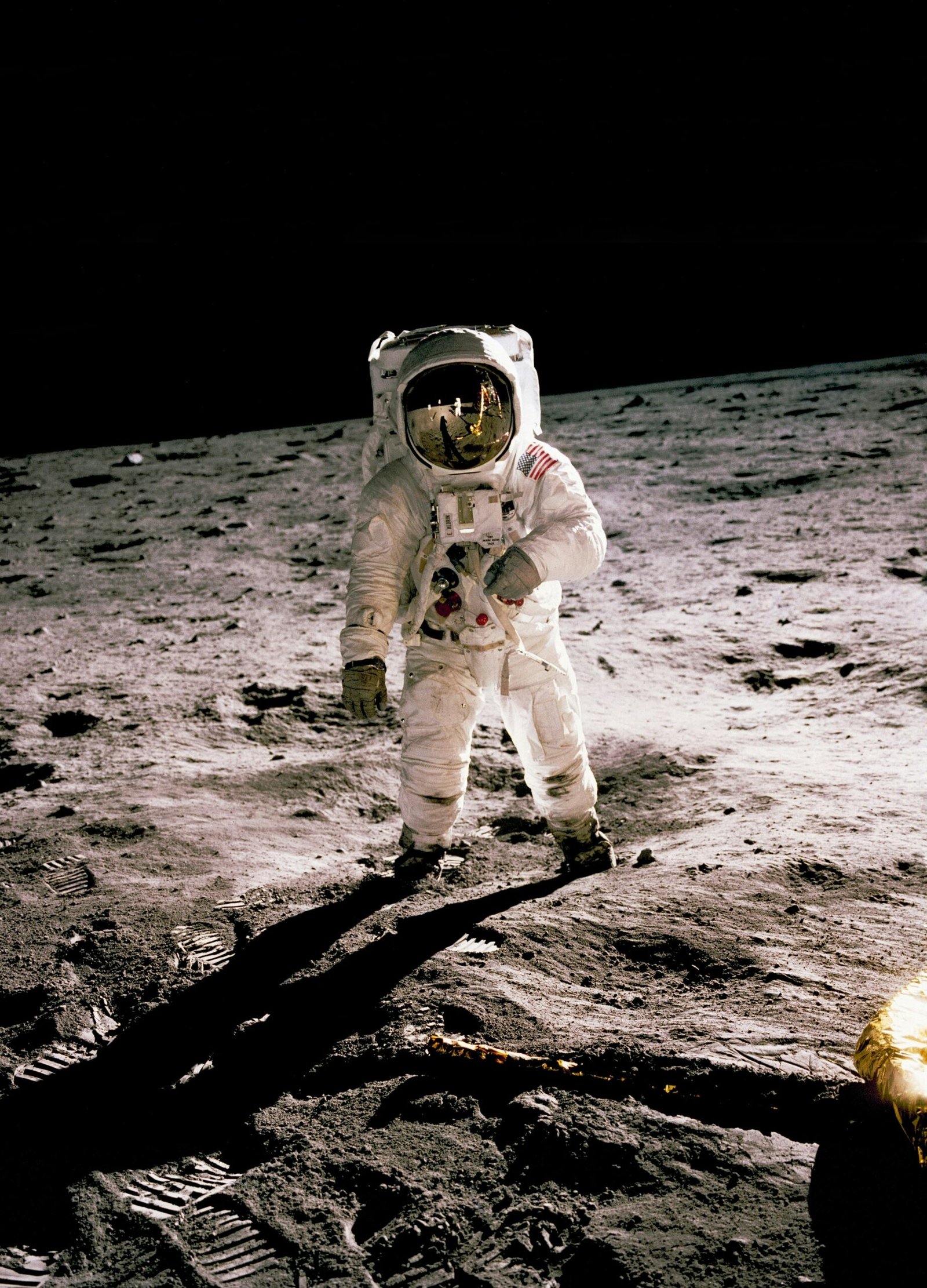1969: Return of Apollo 9
On March 13, 1969, Apollo 9 made its triumphant return to Earth after a 10-day mission in orbit. This historic event marked a significant milestone in the Apollo program and played a crucial role in preparing for the upcoming moon landing.
Apollo 9 was the third manned mission in the Apollo program and the first to test the lunar module in space. The mission was commanded by James McDivitt, with David Scott serving as the command module pilot and Russell Schweickart as the lunar module pilot.
Testing the Lunar Module
One of the primary objectives of Apollo 9 was to test the lunar module, also known as the LM, in the harsh conditions of space. The LM was designed to transport astronauts from the command module to the lunar surface and back.
During the mission, McDivitt and Schweickart conducted a series of critical tests to evaluate the performance and capabilities of the lunar module. They performed a rendezvous and docking maneuver with the command module, simulating the process that would be used for the lunar landing.
The success of these tests was vital for the upcoming Apollo 11 mission, which aimed to land astronauts on the moon. The data and experience gained from Apollo 9 provided valuable insights and helped engineers refine the design and functionality of the lunar module.
A Pivotal Moment in the Space Race
The safe return of Apollo 9 on March 13, 1969, marked a pivotal moment in the Space Race between the United States and the Soviet Union. The mission demonstrated the capabilities of the American space program and showcased the ingenuity and daring of NASA.
Throughout the 1960s, the United States and the Soviet Union were locked in a fierce competition to achieve significant milestones in space exploration. The Soviet Union had already achieved several firsts, including the first manned spaceflight by Yuri Gagarin in 1961.
However, with the successful return of Apollo 9, the United States showed that it was not far behind in the race to the moon. The mission proved that the American astronauts were capable of operating in the challenging environment of space and paved the way for the historic Apollo 11 moonwalk just a few months later.
The Apollo program was a testament to human perseverance and technological advancement. It required the collaboration of thousands of engineers, scientists, and astronauts to achieve the seemingly impossible goal of landing humans on the moon.
Legacy and Impact
The success of Apollo 9 had a lasting impact on the future of space exploration. It provided the necessary confidence and knowledge to proceed with the Apollo 11 mission, which ultimately resulted in the first human footsteps on the lunar surface.
The Apollo program not only pushed the boundaries of human achievement but also led to numerous technological advancements. The development of the lunar module and the other spacecraft used in the Apollo missions paved the way for future space exploration missions and contributed to the overall understanding of the universe.
Today, the legacy of Apollo 9 lives on in the form of ongoing space exploration efforts. The knowledge gained from the mission continues to inform and inspire scientists and engineers as they work towards new frontiers and seek to expand our understanding of the cosmos.
For more information on the Apollo 9 mission and its significance, you can visit the official NASA website: https://www.nasa.gov/mission_pages/apollo/missions/apollo9.html.
In conclusion, the safe return of Apollo 9 on March 13, 1969, marked a significant milestone in the Apollo program and the Space Race. The mission’s success in testing the lunar module in space paved the way for the historic Apollo 11 moon landing and demonstrated the capabilities of the American space program. The legacy of Apollo 9 continues to inspire and shape future space exploration endeavors.

